In the shadow of the Wallace Monument, voters in Stirling overwhelmingly rejected independence and chose to stay in the UK 10 years ago.
It’s a region with a long and complicated relationship to the union, one which has changed its mind on party political allegiances frequently in modern times.
Ten years on from the big decision, here’s how people in Stirling recall the campaign and vote on September 18, 2014.
The late convert
Maggie Rankin, 50, is now a dedicated independence activist in Stirling – but she didn’t make up her mind until weeks before the vote.
“I’m one of those people who became politically engaged in 2014,” she tells us. “I wasn’t so much a no, I was a no idea.
“I thought, this is important, I need to make sure I’m voting the right way for the right reasons.”
She adds: “After the result I was really gutted. I said I was going to campaign.
“I think 2014 demonstrated what a grassroots campaign can do.”
Maggie says activists in Stirling are doing the best they can to keep momentum going.
But she adds: “There are a lot of people who are just worried about the challenges life is bringing during a cost-of-living crisis.”
Mixed fortunes for unionists
Hamish McArthur, 74, from Bridge of Allan, was among the 60% of voters across the Stirling region who said no to independence.
Yet in the Westminster election a year later the city dumped Labour and backed the SNP.
“I’d never been involved in politics before,” he says.
“I’d not always been a unionist. But the more I understood the reality of our fiscal position, I just felt independence was the wrong thing to do.”
Hamish, not a supporter of any one party, believes the UK Government’s promise to deliver more powers for Holyrood when the polls narrowed was an error.
“It was a mistake,” he says. “I don’t think it was required. It created a weapon to be used against them.”
He was shocked at the SNP surge in 2015, saying: “I completely underestimated what was going to happen after the referendum.”
Hamish fondly remembers a rally of pro-independence bikers in Stirling shortly before the vote, despite his support for the union.
He says: “It was really impressive.”
‘A vision of progress’
Cameron Archibald, now 26, from the Bannockburn area, was one of the many 16-year-old’s able to vote for the first time at the referendum.
“In 2014, I saw this vision of real progress for Scotland, and opportunities for young people,” he said.
Cameron, who works as an economist for pro-independence think tank Scotonomics, has since become disillusioned with the SNP.
He has abandoned the party and now supports the Scottish Greens.
He tells The Courier: “Much of the SNP put forward when I joined them in 2014 never materialised.
“We’re stuck right now. There’s no clear strategy. There’s no clear vision of what we want other than independence in itself.”
But Cameron reckons his generation will be the one to deliver independence.
“Independence is the future young people want,” he says. It’s reflected in poll after poll.”
‘We were all one’
Greg Drysdale, 54, an actor and musician from Dunblane, misses the sense of unity surrounding the fight for independence in 2014.
The movement has since been wracked with infighting and division.
“It’s a shame,” he says. “In 2014, we were all one. I got used to that.”
“I’m definitely frustrated that we’re 10 years on and not really any closer to independence.”
Greg reckons there’s a lot of disinterest in politics at the moment.
He says: “A lot of people are bored with politics, they don’t realise how much it affects them.”
Even if the brutal battles which took place in Stirling are of a different world, Greg does think history shows why independence is inevitable.
“It can’t ever be dead,” he says.
“Ever since 1707, there have been people against the union.
“It’s been happening for hundreds of years. It will never stop. It will happen at some point.”
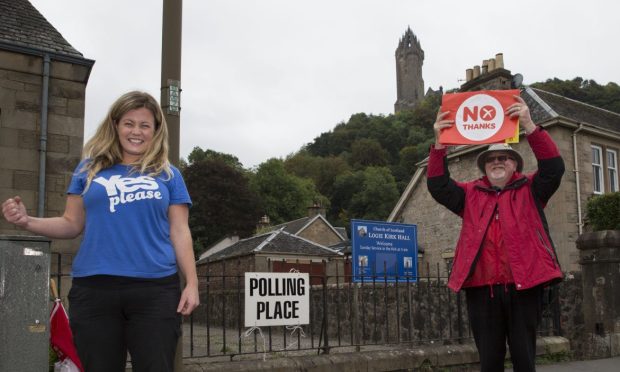
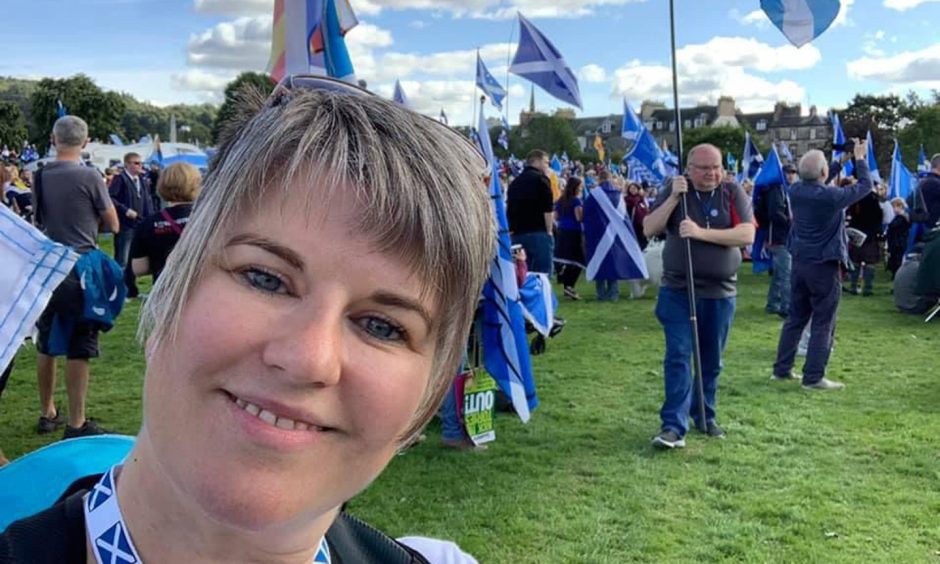
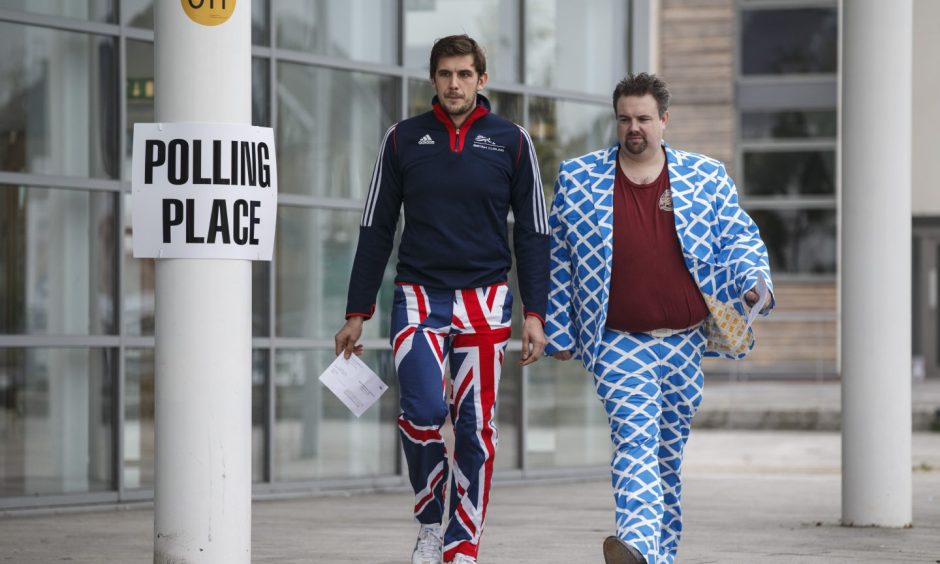
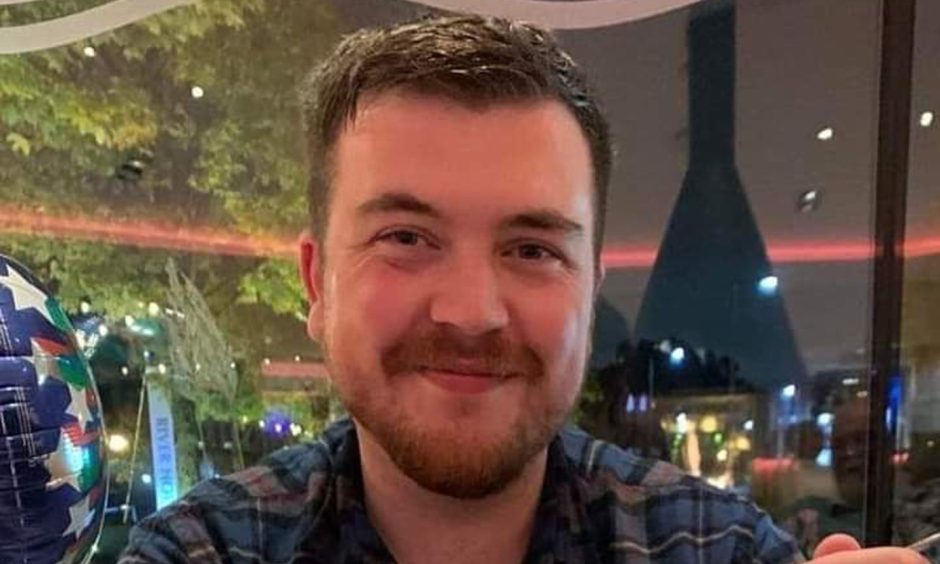
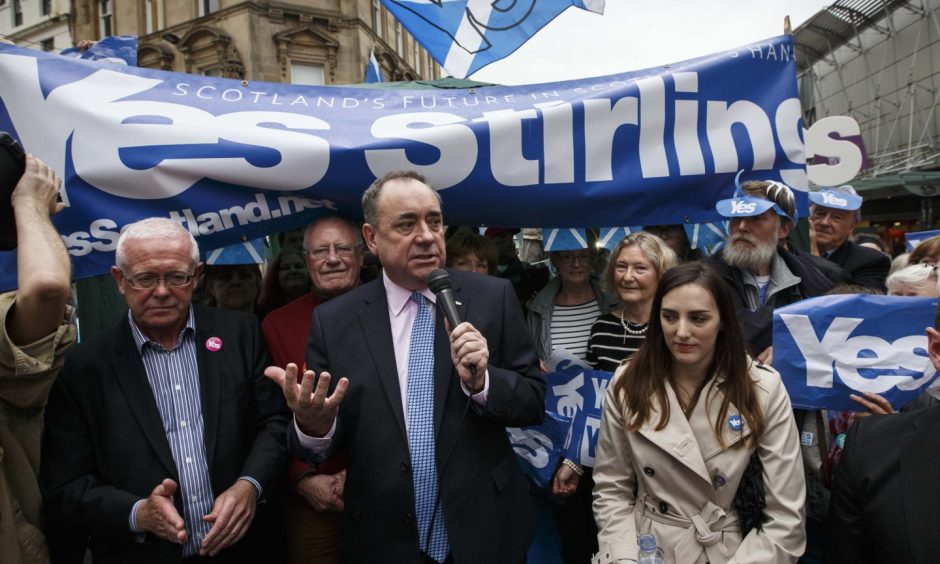
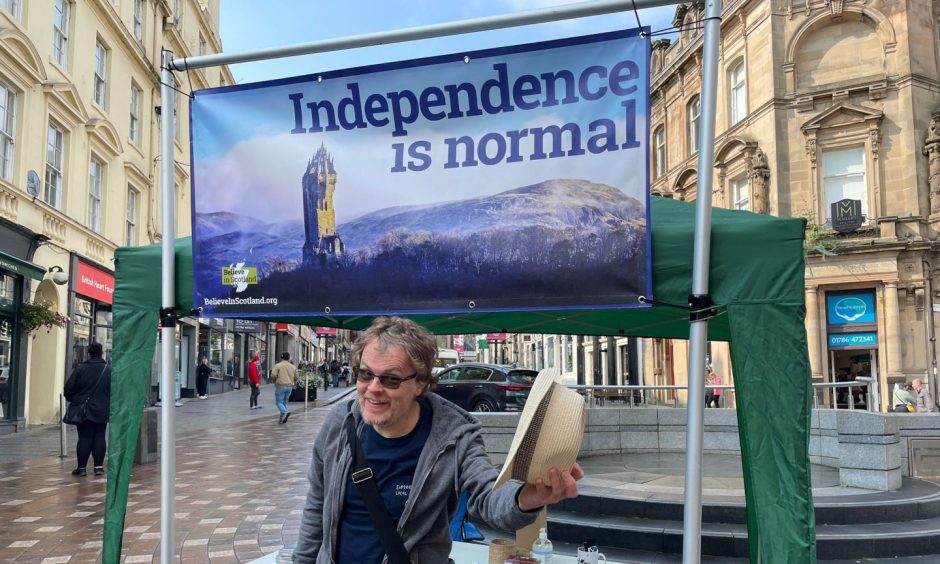
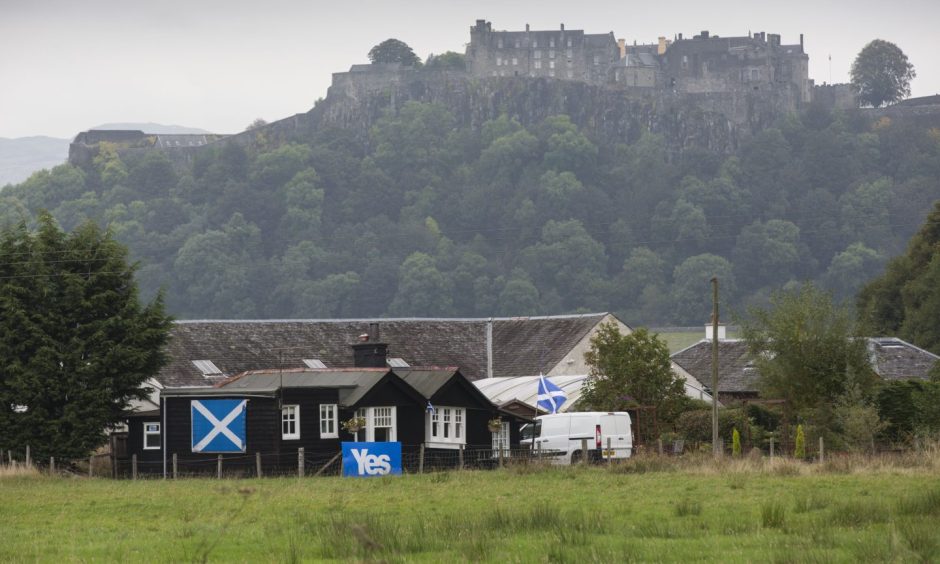
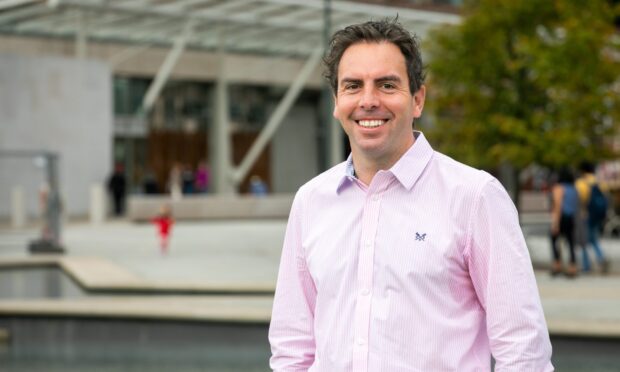
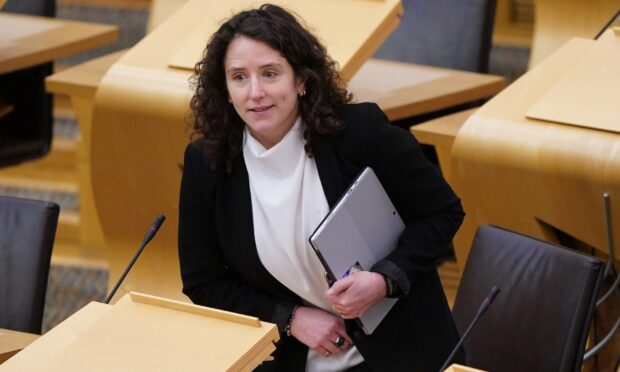
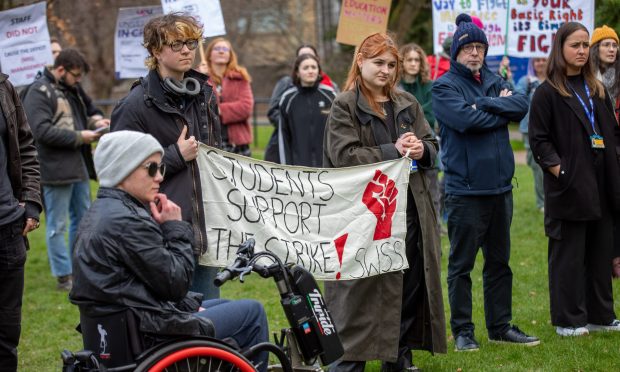
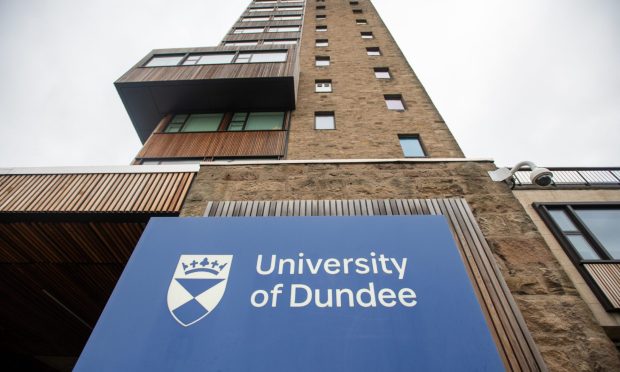
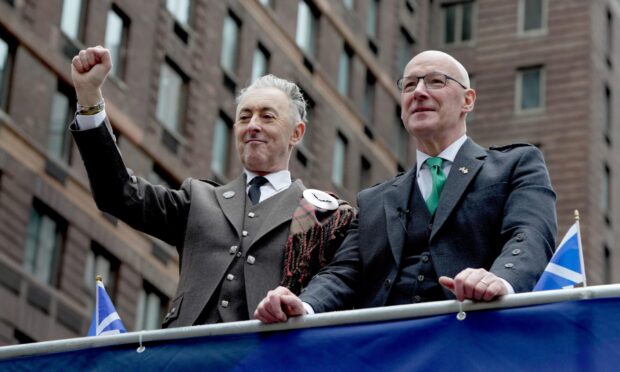
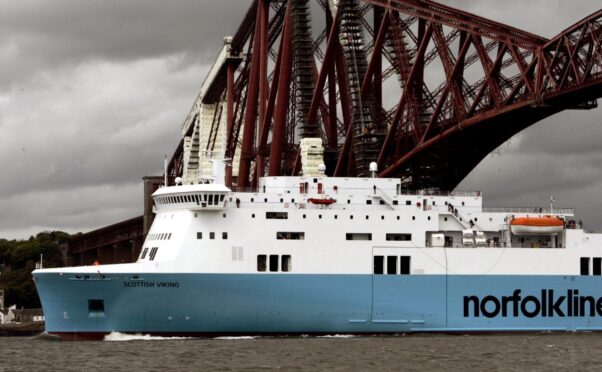
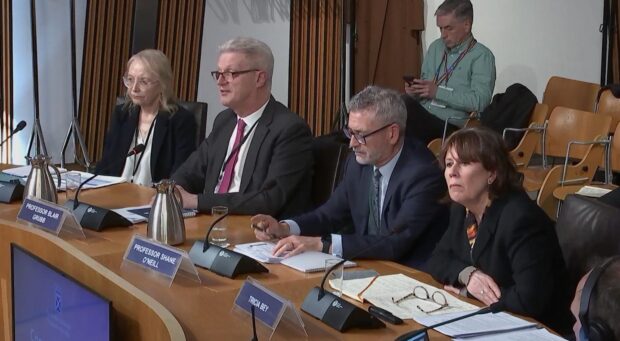
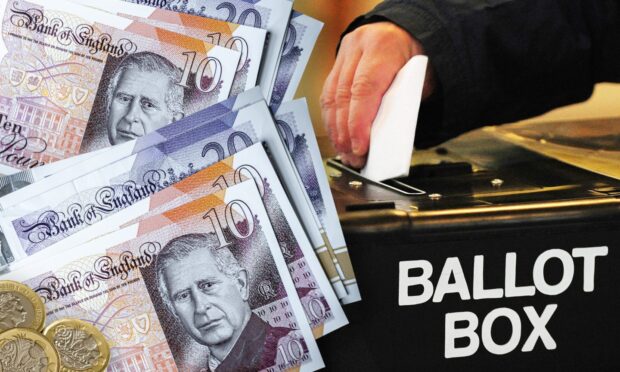
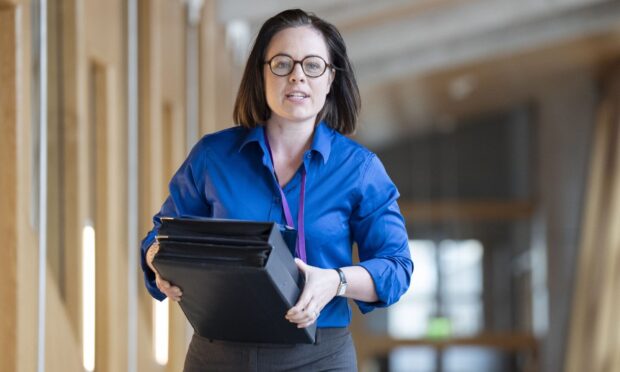
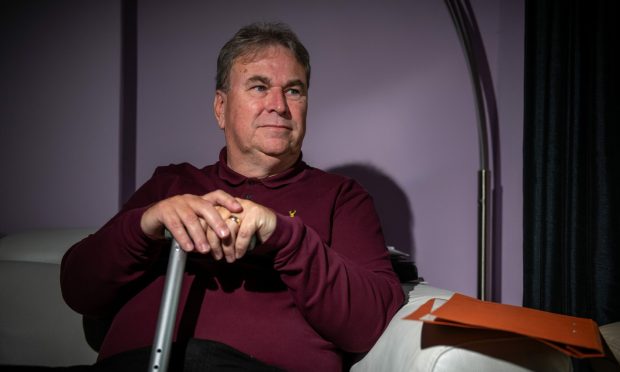
Conversation